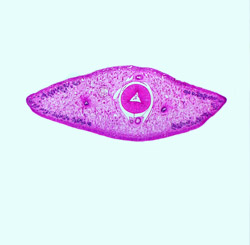Tackling the growing problem of liver fluke
Fascioliasis, liver fluke disease, causes total estimated losses of EUR 2.5 billion worldwide. The main means of control centre on the application of anthelmintic drugs that target the fluke directly in the main host, normally cattle and sheep. This brings about various problems regarding chemical residues in food and environment generally. Not only that but optimal timing of application is difficult to gauge, which increases the overall cost of treatment for the producer. The scientists researched the epidemiology of fascioliasis, the genetics of different strains including fluke resistance to drugs and how this impacts infection in different populations. Using this vital information, the 'Design of effective and sustainable control strategies for liver fluke in Europe' (Deliver) project aimed to make progress in the development of more sustainable control methods. In particular, use of protective vaccines and knowledge of genetic resistance in the parasite would limit the use of chemical flukicides. the project team developed a new forecast model to help plan appropriate control strategies. One key feature of the complex life-cycle of Fasciola is that flukicides are ineffective while the parasite is in the secondary host, the snail and in the phases on plants. Climate change has exacerbated the situation in that warmer and wetter spring and summer seasons increase the spread of infection, on wet land by snails. development of vaccines and an overall control plan based on the life-cycle and genetic makeup of the fluke will mean an increase in quality of meat for home and export markets. Furthermore, judicious application of flukicide means more economic production and less pollution of the environment.







